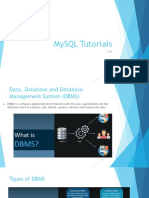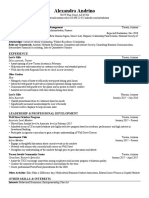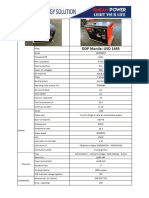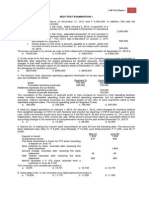0% found this document useful (0 votes)
6 views13 pagesSQL DBMS
The document provides an overview of SQL statements categorized into DDL, DML, TCL, DCL, and DQL, along with examples for each type. It also discusses SQL clauses, triggers, constraints, assertions, aggregate functions, and data types, illustrating their usage with practical examples. Additionally, it includes various SQL queries to demonstrate data retrieval and manipulation techniques.
Uploaded by
xdnik76Copyright
© © All Rights Reserved
We take content rights seriously. If you suspect this is your content, claim it here.
Available Formats
Download as PDF, TXT or read online on Scribd
0% found this document useful (0 votes)
6 views13 pagesSQL DBMS
The document provides an overview of SQL statements categorized into DDL, DML, TCL, DCL, and DQL, along with examples for each type. It also discusses SQL clauses, triggers, constraints, assertions, aggregate functions, and data types, illustrating their usage with practical examples. Additionally, it includes various SQL queries to demonstrate data retrieval and manipulation techniques.
Uploaded by
xdnik76Copyright
© © All Rights Reserved
We take content rights seriously. If you suspect this is your content, claim it here.
Available Formats
Download as PDF, TXT or read online on Scribd
/ 13


































































































